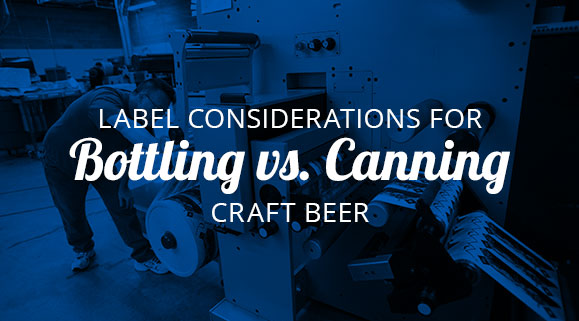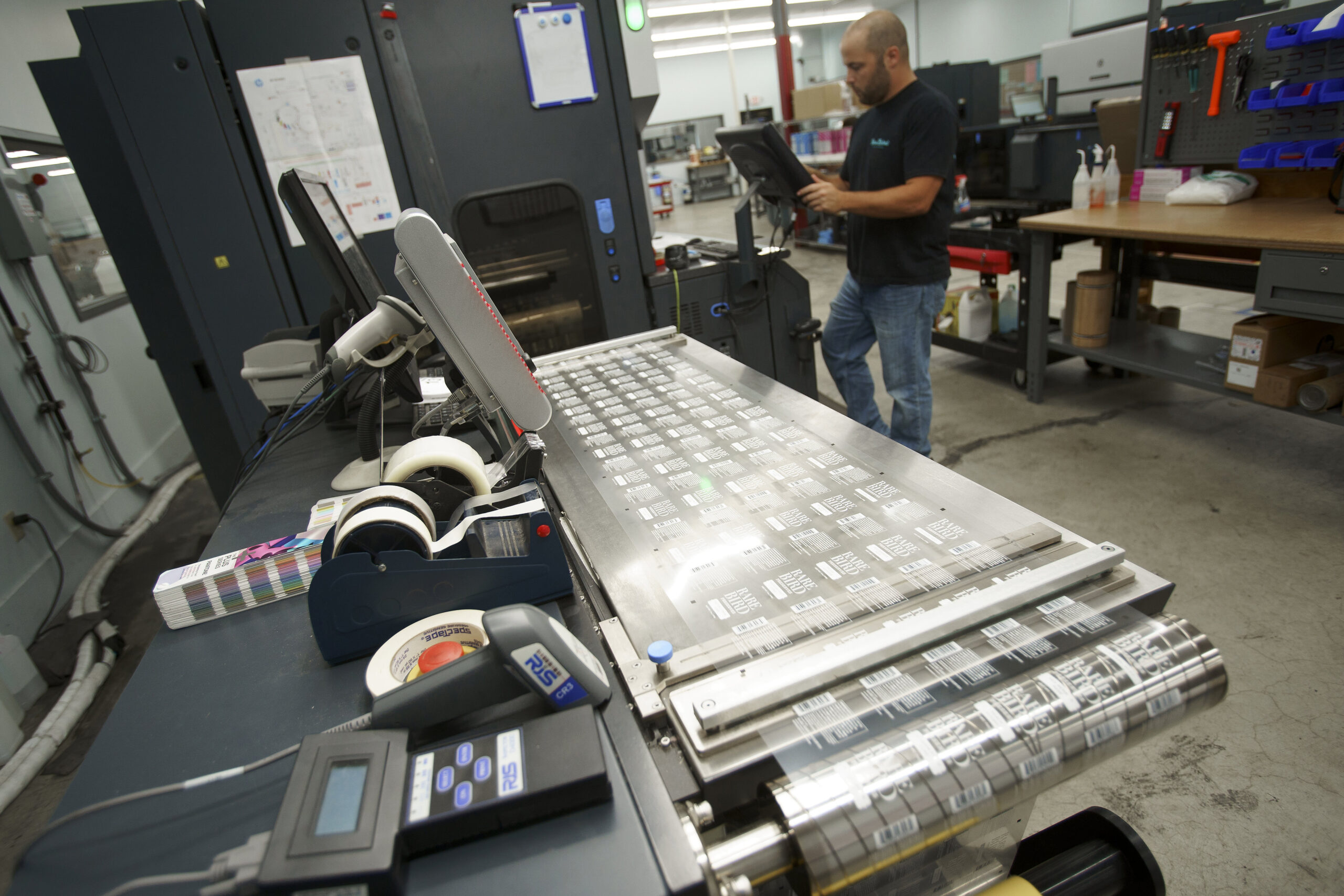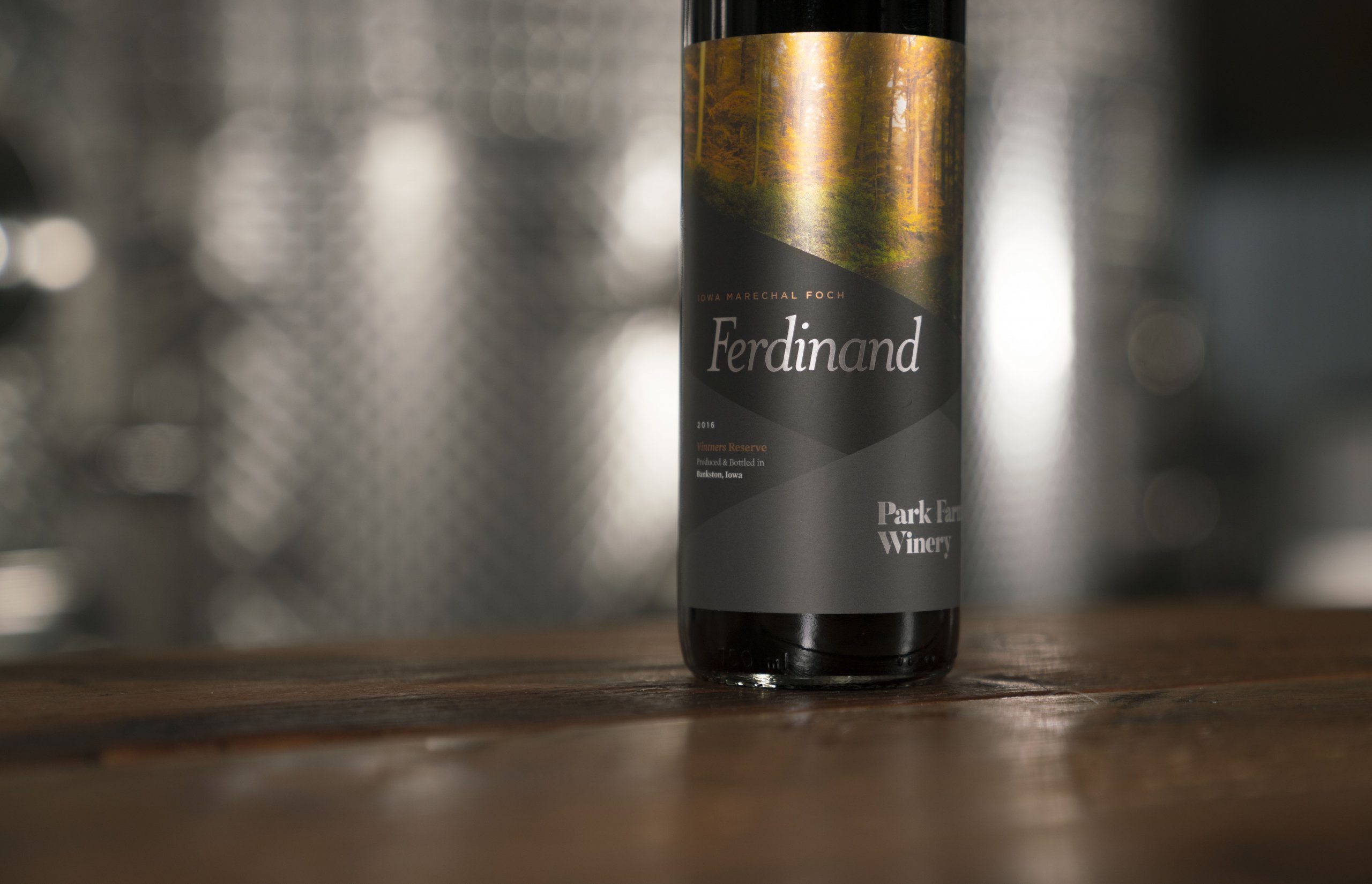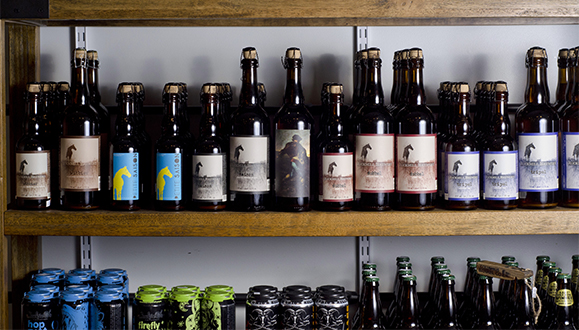Why Don’t Beer, Wine, and Spirits Labels Have to Disclose Ingredients or Serving Facts on Labels?
- alcohol labels
- Beer
- compliance
- FDA
- spirits
- TTB
- wine
It didn’t take long for someone to make waves in the beer labeling world in 2019. Just 11 days into the year, Anheuser-Busch InBev announced that Bud Light would feature serving-facts labels on its boxes starting in February.
While the move may not seem noteworthy for people unfamiliar with the rules and regulations of beer labels, the announcement is notable for one big reason: beer doesn’t need to divulge that information on its packaging. In fact, alcohol in general is exempt from disclosing ingredients and nutritional facts that are commonplace on labels for packaged food products.
So why is it that beer, wine, and spirits labels are exempt from listing nutritional information when those products have just as many–if not more–calories and carbohydrates as juice or other typical beverages? It turns out there’s one big reason why alcohol labels don’t require nutrition or ingredients labels: tradition.
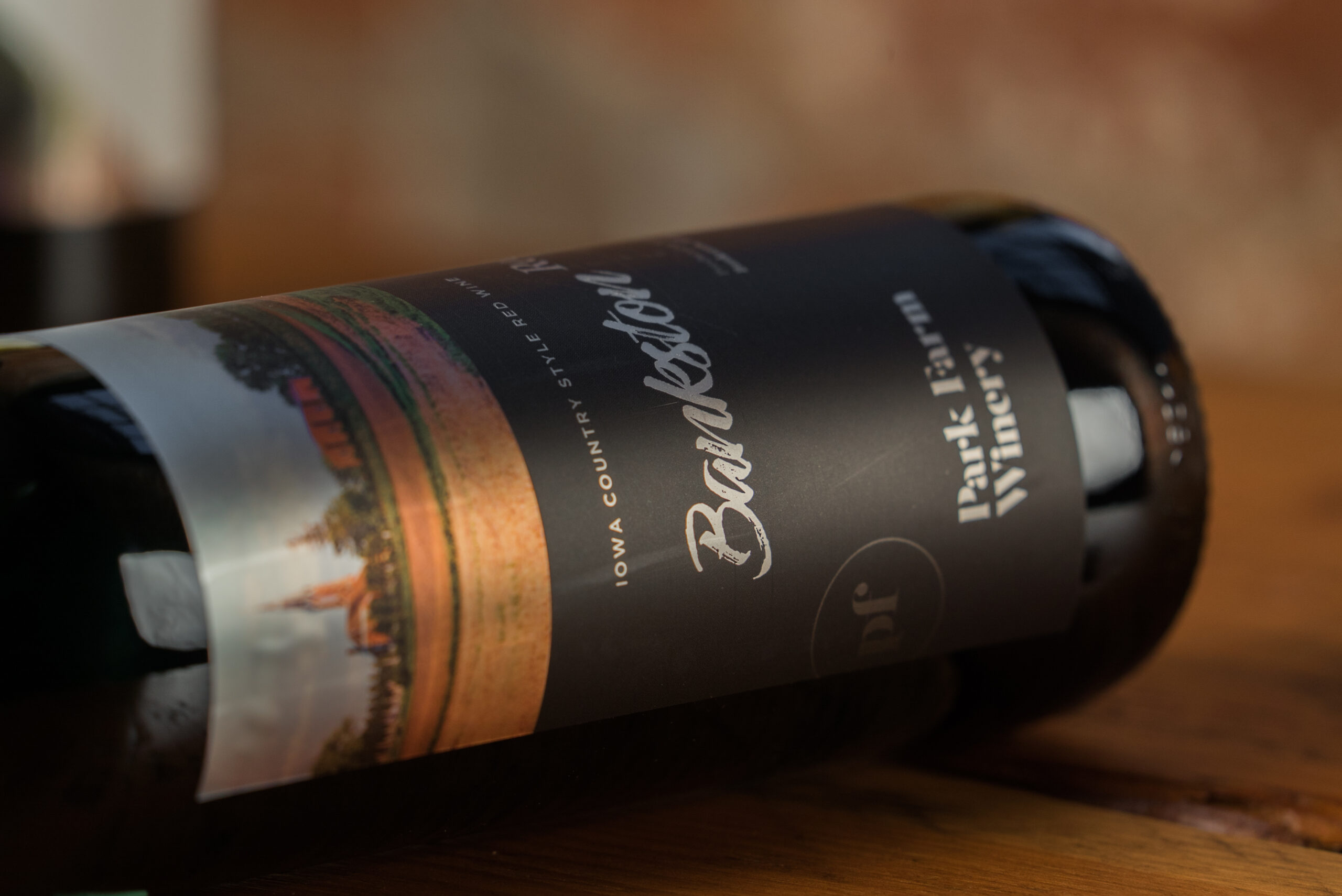
A Tradition of Alcohol Label Regulation
The simple answer for why alcohol gets away with not needing to disclose ingredients in alcohol is that it’s not regulated by the U.S. Food & Drug Administration (FDA). Even though alcohol is a beverage, alcoholic products are regulated by the Alcohol and Tobacco Tax and Trade Bureau (TTB), with some strange exceptions for wine with less than seven percent alcohol or beers made from grain other than malted barley.
This separation of regulatory organizations goes back to a decision made back in the 1930s. After Prohibition was repealed, the government needed to establish an entity that would oversee the regulation of now-legal beverages. Over the years, that organization evolved into what is now the TTB, but the regulatory responsibilities always stayed separate from the FDA. That’s why alcohol remained exempt from listing serving facts when the FDA required modern nutritional labels on packaged food and beverages starting in 1990.
While the government is comfortable with keeping alcohol separate from FDA regulations, there have been several attempts to convince the regulatory bodies otherwise. Consumer advocacy groups such as the Center for Science in the Public Interest have argued that alcohol labels should include comprehensive information, while some manufacturers defended the more hands-off approach to ingredient labeling and nutrition facts. The TTB came as far as to propose a rule with standardized serving fact labels for alcohol, but settled for a new rule that gave companies the option to include serving facts information–with certain stipulations.
Essentially, calorie counts are optional for alcoholic beverages. However, any company that includes a serving facts statement must also list the amounts of carbohydrates, protein, and fat found in a product. Listing ingredients such as barley or grapes is completely optional. In addition, TTB regulations “do not require the disclosure of major food allergens on alcohol beverage labels,” although those that do should follow proper allergen labeling protocol.
Why Does Bud Light Want to Include Serving Facts Labels on Beer?
In general, companies don’t want to add extra regulatory info if they don’t have to. So why is Bud Light willing to take up valuable packaging space with serving facts? It’s because listing this information makes them look good.
It’s no secret that alcohol has calories, so Bud Light’s move allows the brand to show off that a single bottle contains only 110 calories. Compared to the higher alcohol content of craft beers, that’s a big selling point for calorie-conscious consumers. In addition, Bud Light’s inclusion of ingredients makes them seem more transparent–in case you haven’t heard, Bud Light isn’t brewed with corn syrup.
Bud Light isn’t the only brand that sees the potential. USA Today reports that “big breweries, including others under AB Inbev as well as MillerCoors, Heineken USA, and more, also plan to voluntarily publish serving facts and more on packaging by the end of 2020.” However, you don’t have to be a huge brand to take advantage of this trend. Bud Light isn’t even the first American beer to try and capitalize on this idea, as Thrillist notes that North Carolina’s Highland Brewing already made the call to include ingredients on its drinks labels. Any beer, wine, or spirits can do so, so it’s just a matter of if the practice makes sense for your brand.
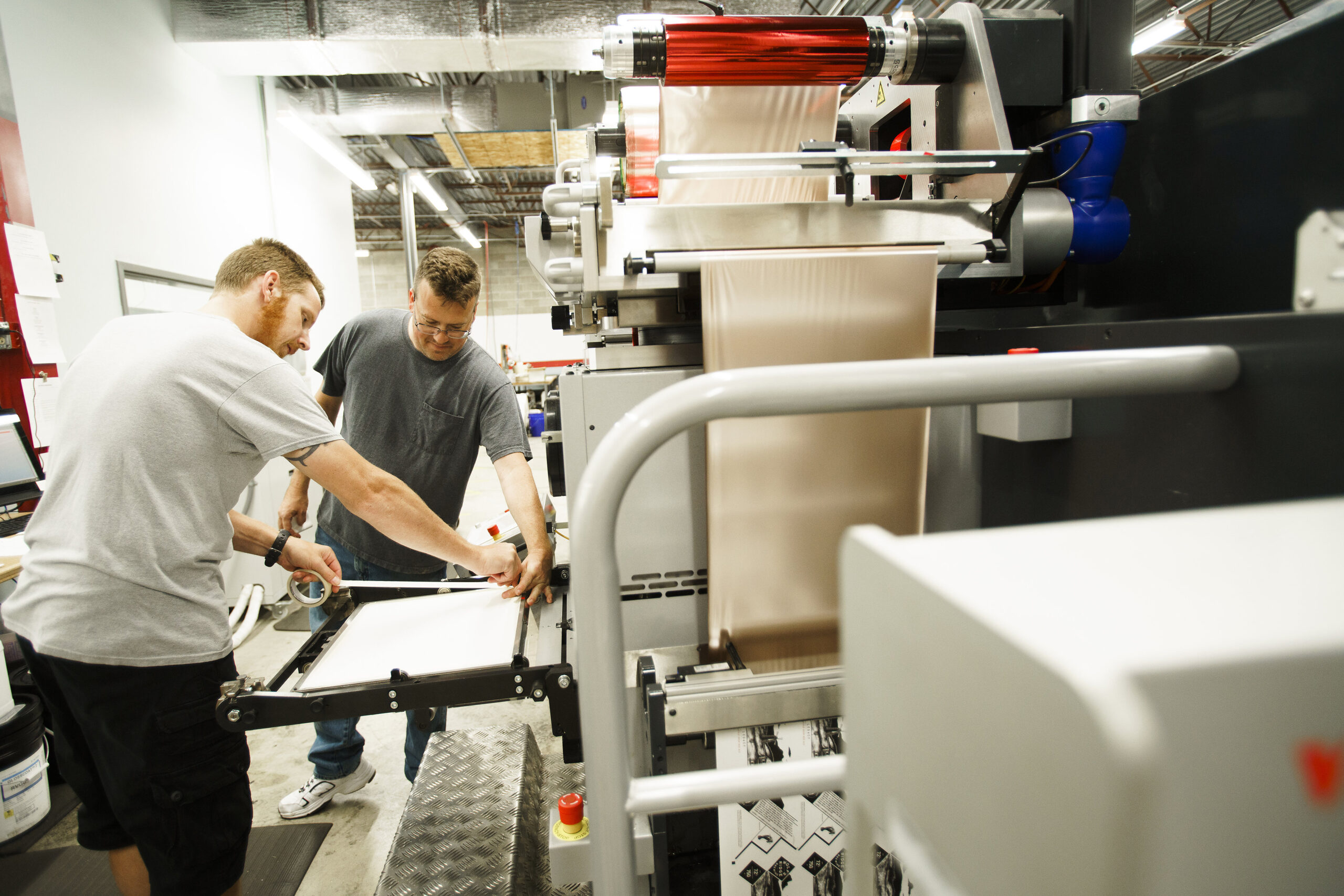
Use Your Label to Showcase Your Beer, Wine, or Spirits
The bottom line is that your label has an important job: to make your customers notice your products. For Bud Light, that means taking advantage of the regulation of alcohol labels to showcase a product to more diet-centric drinkers. For you, that means investing in a custom product label that’s right for your adult beverages.
Every detail of your label is important. An eye-catching design and special printing techniques that enhance those label designs can stop consumers dead in their tracks. Label material and adhesive selection make sure that your bottle label or can has a good look that will stay on for good. Whether you want to share ingredients or not, you need to decide what’s right for your needs.
Of course, it’s not always easy to nail all those details without some help. As a digital printing company with extensive experience making labels for beer, wine, and spirits, we can work with you to craft the right labels for your products. Contact us today about your next label project like ingredients label design or printing.
